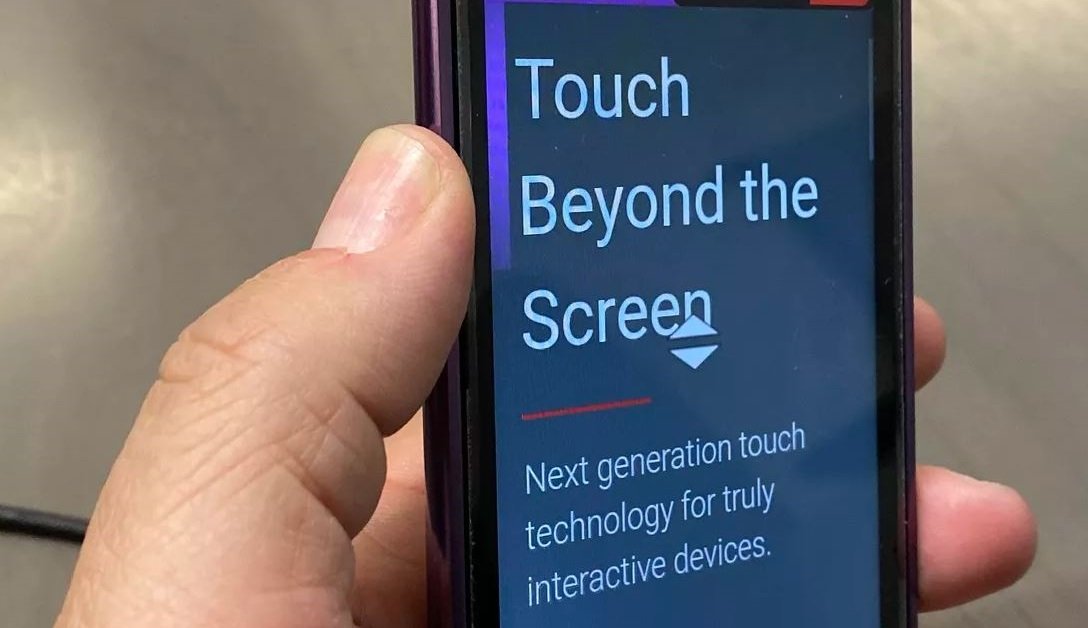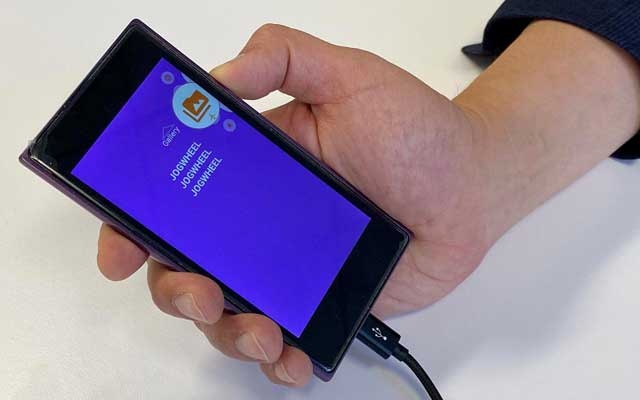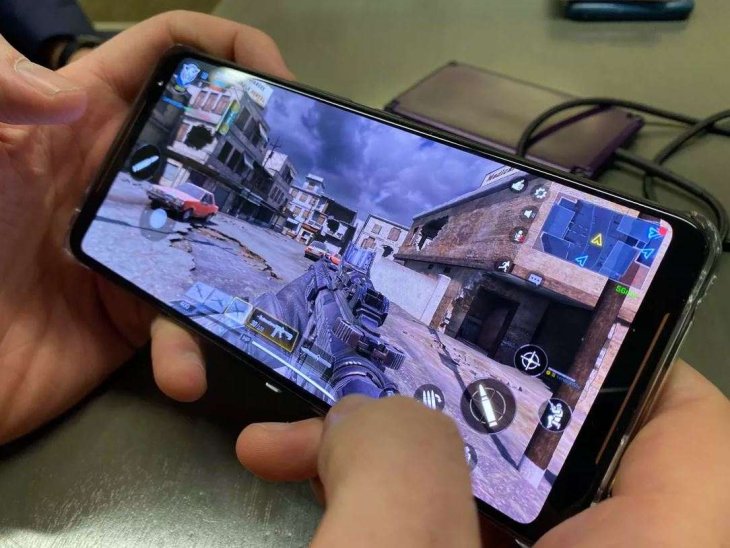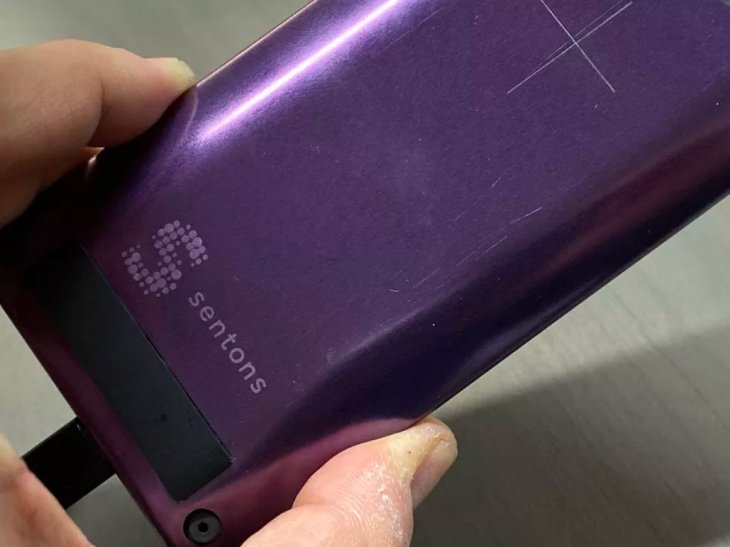Ultrasonic Pressure-Sensitive Is The Technology For Your Next Phone
Dhir Acharya - Oct 21, 2019

You may have seen wearables and phones that have touch-sensitive areas, but have you ever seen a phone case completely become a touch surface?
- How to get a Bangladesh virtual phone number?
- Looking For The Best Non Chinese Smartphone? Check Out This List
- This Dragonfly Plane Eliminates The Disadvantage Of Current Aircraft
You may have seen wearables and phones that have touch-sensitive areas, but have you ever seen a phone case completely become a touch surface? This is what a startup is working on using ultrasonics working like sonar to register pressure and touch anywhere on the entire surface of a device. It’s weird yet useful.
In the photo below is a smartphone featuring a metal case that doesn’t have any buttons. To scroll through a browser, you just run your finger down along the side of the device. To adjust the volume, you press down on certain areas, which will become the volume buttons. And when you launch the camera app, the top edge suddenly becomes the shutter button.

Currently, the ROG Phone II from Asus features pressure-sensitive touch zones at the top, called air triggers. When you press the zones, vibrating haptics send feedback. In a demo with first-person shooting gameplay, the trigger zones seem useful like analog buttons.
However, Sentons has a broader view of this technology. According to the company, the ultrasonic tech can work on any shape, any surface and various materials like leather, wood, and metal. Pressure sensitivity can be between 5 gr and 5 kg of force.
For now, rather than finding ways to use this technology on the phone screen, the company will focus on the other parts of electronics and phones. Its CEO Jess Lee stated that the technology could come to screens one day, but right now, the screen is “more heavily occupied” already.

This technology relies on the use of transducers running under the device’s body. The ultrasonic pings map the surface of the device, and it’s able to detect touch, pressure and starts to understand the context, such as whether or not you are holding the phone. From this, it will decide to either activate touch mappings or deactivate it if the phone is in the pocket to avoid accidental presses.
Besides phones, which the company expects to feature this technology by year-end, Lee also eyes cameras and wearables. It’s waterproof, so it can replace buttons for underwater cameras as well as swim-friendly watches. Sentons’ CEO also suggest that the ultrasonic touch-sensitive technology can help devices such as blood pressure cuff to detect if a cuff gets the correct fit.

Another possibility is to integrate this technology into wearables or fabric like what Google’s done with its Jacquard tech for smart clothing. It’s unclear how flexible a device could become with this tech, and if it could work with super-flexible phones.
This technology is meant for working with skin contect, but it can work through gloves too. However, as stated by Lee, gels remain a challenge. You can already imagine earbuds, smart pens, or smart glasses with touch controls no matter how unusual their shapes are.
Currently, the startup is working on a developer phone as well as SurfaceWave, a platform where you can build interactions and gestures on future devices.
Like Soli, the radar-based technology Google uses on its Pixel 4, gesture and ambient interfaces needs a new language and without a screen, getting feedback seems hard. At least, the ultrasonic touch sensitive tech can benefit from haptics, which offers vibrating interaction and pressure so users can have a feeling of tactile interaction.
Featured Stories

Features - Jul 01, 2025
What Are The Fastest Passenger Vehicles Ever Created?

Features - Jun 25, 2025
Japan Hydrogen Breakthrough: Scientists Crack the Clean Energy Code with...

ICT News - Jun 25, 2025
AI Intimidation Tactics: CEOs Turn Flawed Technology Into Employee Fear Machine

Review - Jun 25, 2025
Windows 11 Problems: Is Microsoft's "Best" OS Actually Getting Worse?

Features - Jun 22, 2025
Telegram Founder Pavel Durov Plans to Split $14 Billion Fortune Among 106 Children

ICT News - Jun 22, 2025
Neuralink Telepathy Chip Enables Quadriplegic Rob Greiner to Control Games with...

Features - Jun 21, 2025
This Over $100 Bottle Has Nothing But Fresh Air Inside

Features - Jun 18, 2025
Best Mobile VPN Apps for Gaming 2025: Complete Guide

Features - Jun 18, 2025
A Math Formula Tells Us How Long Everything Will Live

Features - Jun 16, 2025
Comments
Sort by Newest | Popular